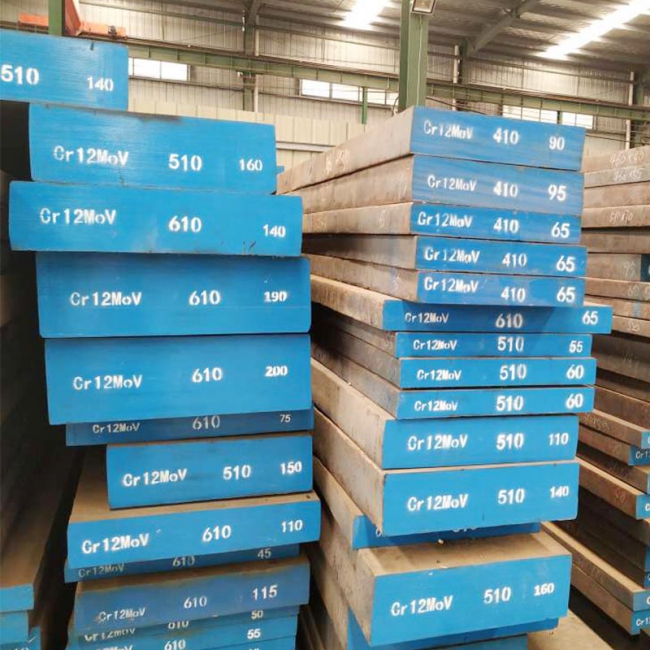Iron-carbon alloys are divided into steel and pig iron. Steel is an iron-carbon alloy with a carbon content of 0.03% to 2%.
Carbon steel is common steel that is commonly used. It is easy to smelt, easy to process, low in price, and can meet the requirements of use in most cases, so its application is very common. According to different carbon content, carbon steel is divided into low carbon steel, medium carbon steel, and high carbon steel. As the carbon content increases, the hardness of carbon steel increases, and the toughness decreases. Alloy steel is also called special steel. One or more alloy elements are added on the basis of carbon steel to change the structure and properties of the steel, so as to have some special properties, such as high hardness, high wear resistance, high toughness, corrosion resistance, etc. The alloying elements often added to steel are Si, W, Mn, Cr, Ni, Mo, V, Ti, etc. The resources of alloy steel are quite abundant. In addition to insufficient Cr and Co and low Mn grade, the reserves of W, Mo, V, Ti, and rare earth metals are very high. At the beginning of the 21st century, the proportion of alloy steel in total steel output will increase significantly.

Iron-carbon alloys with a carbon content of 2% to 4.3% are called pig iron. Pig iron is hard and brittle, but resistant to pressure and wear. According to the different forms of carbon in pig iron, it can be divided into white iron, gray iron, and ductile iron. The carbon in white iron is distributed in the form of Fe3C. The fracture is silver-white, hard, and brittle, and cannot be machined. It is the raw material for steel making, so it is also called steel-making pig iron. The carbon is called gray iron distributed in the form of flake graphite. The fracture is silver-gray, easy to cut, easy to cast, and wear-resistant. If carbon is distributed in spherical graphite, it is called nodular cast iron, and its mechanical properties and processing properties are close to steel. Special cast iron can be obtained by adding special alloy elements to cast iron. If Cr is added, the wear resistance can be greatly improved, and it has very important applications under special conditions.
Steel deoxidation degree
(1) Boiling steel belongs to deoxidized steel, and boiling occurs in the steel ingot mold during pouring. The advantages are low smelting loss, low cost, good surface quality, and deep drawing performance; the disadvantages are uneven composition and quality, poor corrosion resistance and mechanical strength, and are generally used for rolling carbon structural steel sections and steel plates.
(2) Sedated steel is deoxidized steel. When pouring, the molten steel is sedated in the steel ingot mold without boiling. The advantage is that the composition and quality are uniforms; the disadvantage is that the yield of metal is low and the cost is high. Generally, alloy steel and high-quality carbon structural steel are killed steel.
(3) Semi-killed steel. The degree of deoxidation is between killed steel and boiling steel. Because production is difficult to control, the output is not large.
The above information is provided by steel manufacturers.
Previous: Quality DIN EN877 PIPE
Next: What are the Advantages of Aluminum Profile Powder Coating on the Surface?
Copyright:@2020-2021
Comments Please sign in or sign up to post.
0
0 of 500 characters used